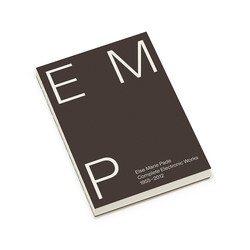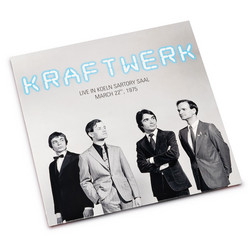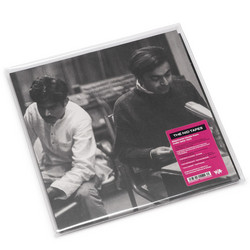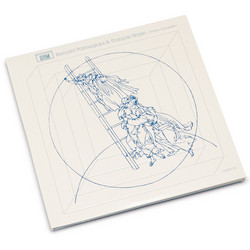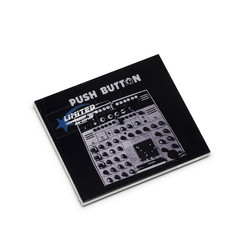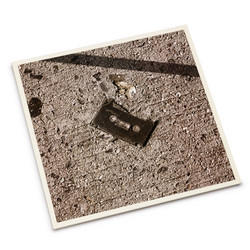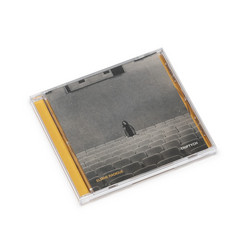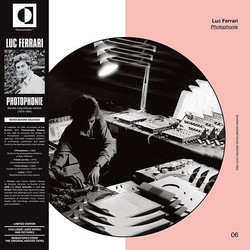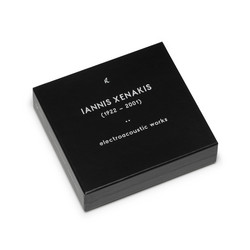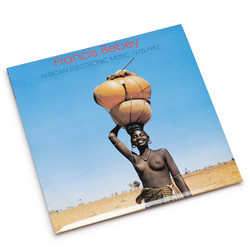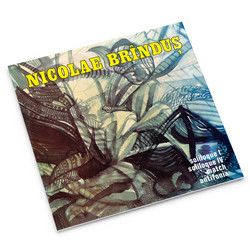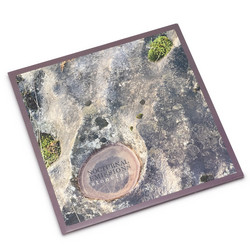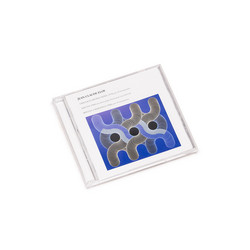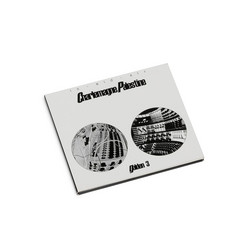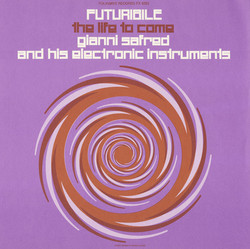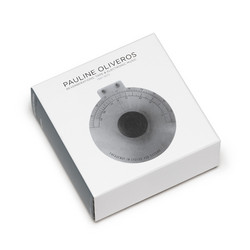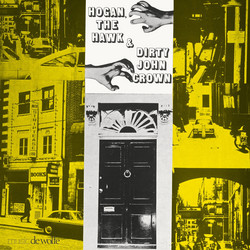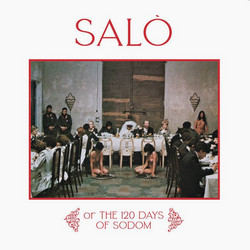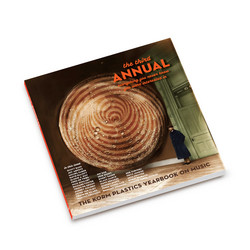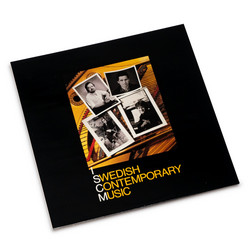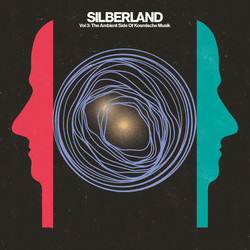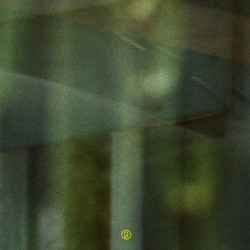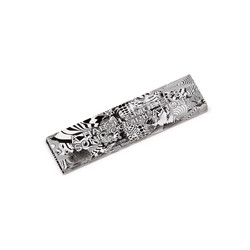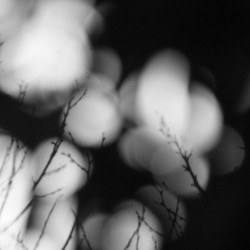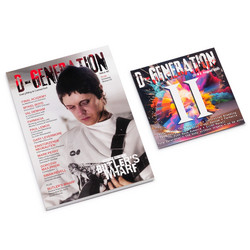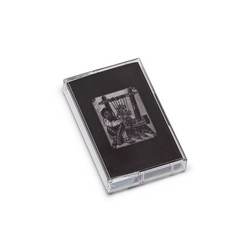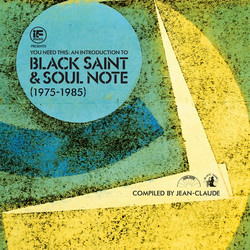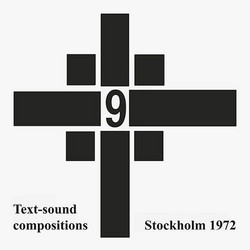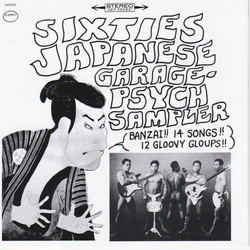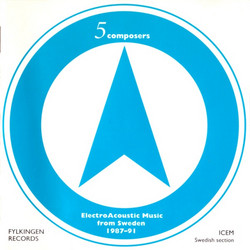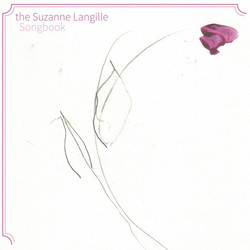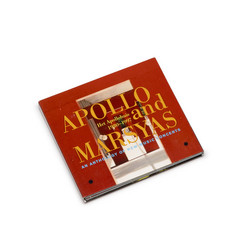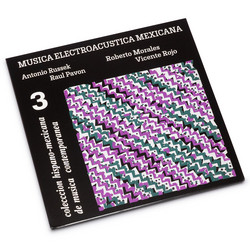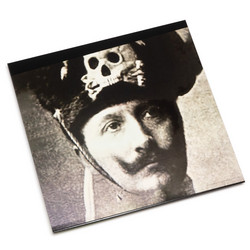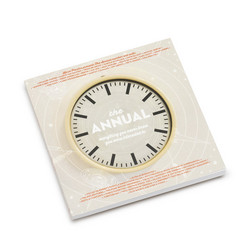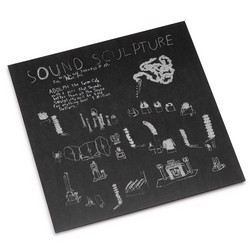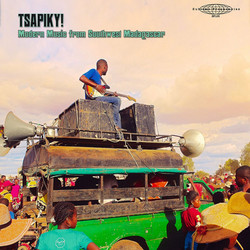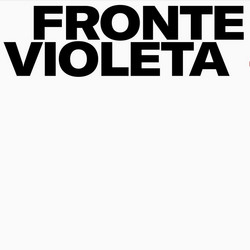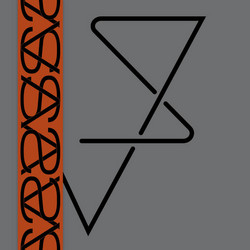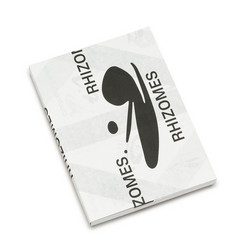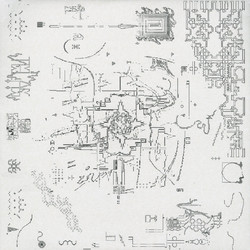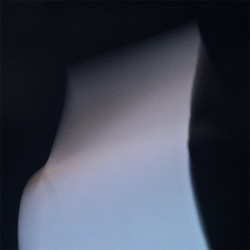Various
Would It Sound Just as Bad If You Played It. A Collection of Sounds from the Polish Radio Experimental Studio (1959-2001) (2LP)
A Collection of Sounds from the Studio Eksperymentalne Polskiego Radia (1959-2001) with art by Zofia Kulik. “Would it sound just as bad if you played it backwards?” assembles a collection of audio experiments created at the Polish Radio Experimental Studio (PRES) from 1959 to the beginning of the millennium.
These exceptional works are presented alongside images from the Polish artist Zofia Kulik, whose career reached its apogee between the late 1960s and early 70s.
Polish Radio Experimental Studio - PRES (Polish: Studio Eksperymentalne Polskiego Radia) was an experimental music studio in Warsaw, where electronic and utility pieces were recorded. The establishment of the Polish Radio Experimental Studio was conceived by Włodzimierz Sokorski, head of the Radio and Television Committee. Between 1952 and 1956 he was a Minister of Culture, and as a strong supporter of socialist realism he fought against any manifestations of modernity in music. The Polish Radio Experimental Studio was founded on the 15th of November 1957, but only in the second half of the following year was it adapted for sound production. Though the studio was a place where autonomous electronic pieces were recorded, this wasn't its main purpose. It was launched as a space for the creation of independent compositions, sounds illustrations for radio dramas, and soundtracks for theatre, film and dance."
The music chosen for “Would it sound just as bad if you played it backwards?” spans almost the entire history of the Polish Radio Experimental Studio, including tracks as early as Włodzimierz Kotoński’s Concrete etude, Study for One Cymbal Stroke (1959), and ending chronologically with Wolfram’s rendition of Bogusław Schaeffer’s Symphony. Electronic Music (2001). Just as with Kulik’s works, the contemporaneity of the works presented is astonishing. The album opens and closes with Krzysztof Knittel’s 1980s compositions, Lapis and Poko, which perfectly encapsulate his descriptions of his experience in the studio: “We acted without any initial plans or electronic scores, there were no goals to be achieved, no creative method defined in advance. We used our aesthetic and technological knowledge freely, the shapes of tracks emerged during our shared work in the studio.”
The album also includes Mictlan I (1987) and Yes and No (1990), two stunning works by Magdalena Długosz, who studied composition with Krystyna Moszumańska-Nazar and music theory with Józef Patkowski. Since 1979 she has been teaching in the Electroacoustic Music Studio at the Academy of Music in Kraków.
Also featured is the avant-garde composer Elżbieta Sikora, Knittel’s fellow member fromthe KEW Composers’ Group, with her stark pieces Letters to M (1980) and View from the Window, (1971), and Barbara Zawadzka, whose Greya (1987) is meant to evoke different sequencings of the colour grey. In this piece, particularly, it’s hard not to appreciate the similarity to Kulik’s notion of sequencing and transformation of objects.
Bernadetta Matuszczak’s Libera me (1991) is an example of a somewhat different creative experience. In a radio interview conducted by Marek Zwyrzykowski in 1992, the composer stated that she wasn’t intending to discover any “extraordinary electronic effects”, instead she focused on the piece’s “expressive layer.” With the help of Tadeusz Sudnik from PRES, she incorporated into Libera Me the characteristic melody from the Polish version of the Orthodox hymn Święty Boże, Święty Mocny [Holy God, Holy Mighty, Holy Immortal] and combined it with sounds of explosions and instrumental recordings in response to the US’s interventions during the Gulf War.
Eugeniusz Rudnik, the composer and sound engineer whose name is among those most strongly associated with PRES, contributes with his Epitaph for Stones, (1984) a dedication to Jerzy Popiełuszko, the Polish Roman Catholic priest associated with the Solidarity trade union and anti-communist movement who was murdered by the Security Service. Bohdan Mazurek, who took over the reins of the studio from Rudnik in 1962 is also included with his piece Canti (1973).
As mentioned above, the album also includes Włodzimierz Kotoński’s seminal Concrete etude, Study for One Cymbal Stroke, a piece sourced from the single stroke of a mid-sized Turkish cymbal; it is often considered to be an important starting point for the development of experimental music in Poland. And, finally, the album features two performances of Bogusław Shaeffer’s Symphony. Electronic Music, the first by Bohdan Mazurek (1966), which remains very close to the composer’s score, and a contemporary version by Wolfram (2001), which takes much more creative freedom.


